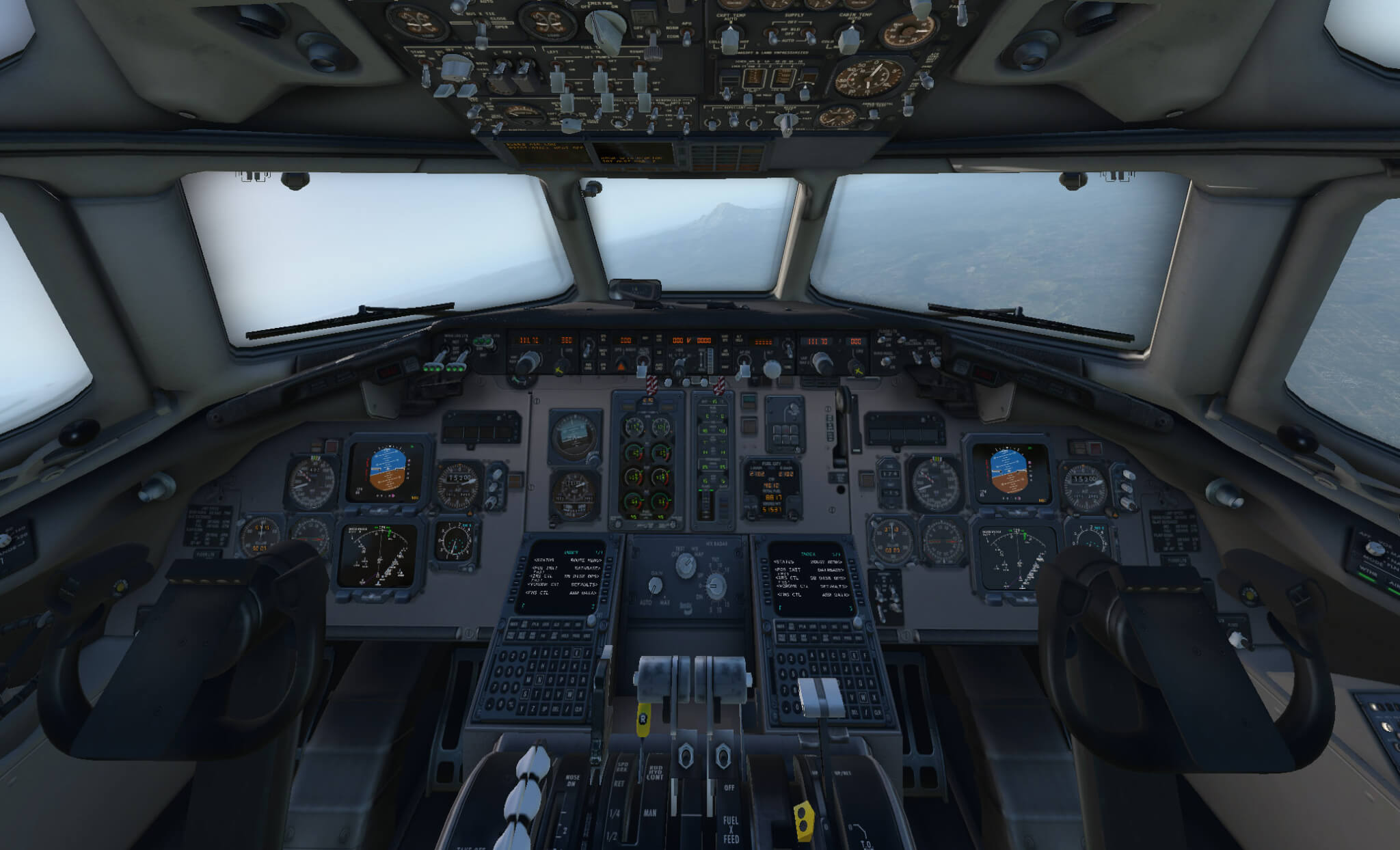
Built around the rear located twin General Electric F414-GE-400 turbofans, the distinctive twin tails and very fine chord wings are built for several reasons in sheer supersonic speed and manoeuvrability. There is no mistaking the outline of the F/A 18 and you can tell the difference between the original Hornet and the Super Hornet in the engine intake ramps are oval intakes were as the Super has rectangular ramps. In most areas here we will cover the armed version as it has the more functionality of using the weapons than the empty slots of the plain version.
#X plane 10 aircraft free#
There is the "Plain" or "Armed" versions or with the aircraft fully loaded or free of weaponry. This design comes to X-Plane in two versions. The F/A 18 is a textbook account of an aircraft in those roles in the late 20th century, and an iconic design this aircraft is. To translate that complexity to X-Plane would take an enormous amount of skill and talent, but if anyone can recreate a classic multi-role fighter then Colimata would be your best choice.Īs with every generational fighter aircraft then they usually have very distinctive features that denotes the era and the design parameters of their roles.

The design was a major project to undertake as the aircraft is in its many disguises a very complex military machine. Shortly after the completion of their excellent MiG-29 Fulcrum (review) then Colimata announced that their next project was the F/A 18-F Super Hornet (Rhino) for X-Plane. It is known as a 4.5 generational aircraft because of its unique capabilities and first flew on 29 November 1995 and was approved in February 2000 for naval operations. The F/A 18 Super Hornet was also a compromise in replacing the (limited range) Grumman F-14 Tomcat and so the aircraft had major modifications for Naval deployment included in its earliest design stages.

The Super Hornet's unique wing and tail configuration can be traced back to an internal Northrop project P-530, that was conceived in 1965 this had started as a substantial rework of the lightweight F-5E with a larger wing, twin tail fins and a distinctive leading edge root extension (LERX). The Super Hornet carries 33% more internal fuel, increasing mission range by 41% and endurance by 50% over the "Legacy" Hornet.

The Super Hornet is a development of the original F/A 18 aircraft 1970's design but in reality is a very different aircraft even if the two designs do look the same. The lasting mainstay today of the "Multi-role" fighter aircraft role today is the F/A 18 Hornet that is a fourth generation design that is a more versatile platform than the out and out fifth generational F-22 Raptor. Aircraft Review : F/A 18-F "Rhino" Super Hornet by Colimata


 0 kommentar(er)
0 kommentar(er)
